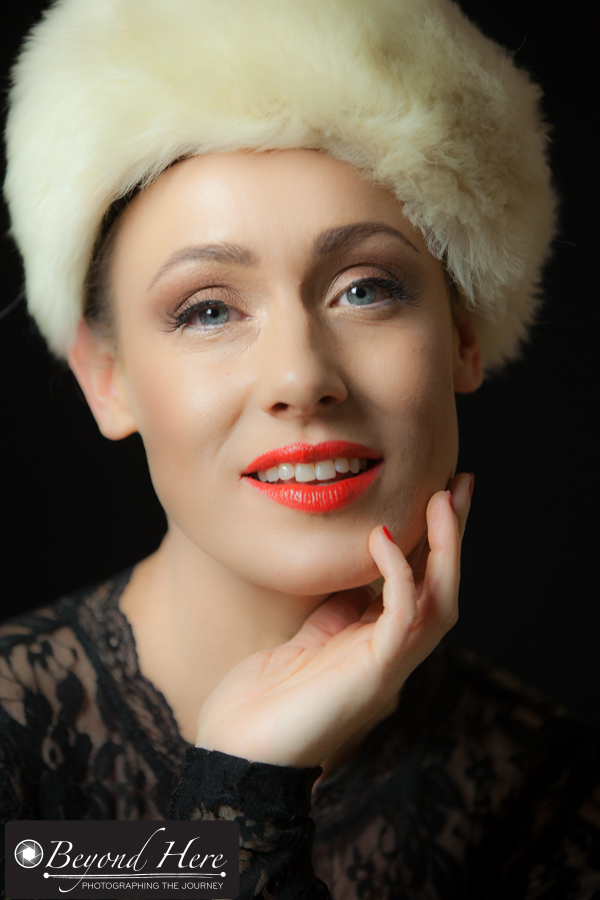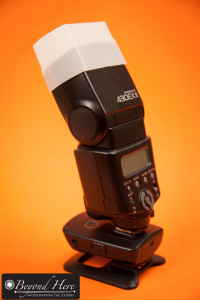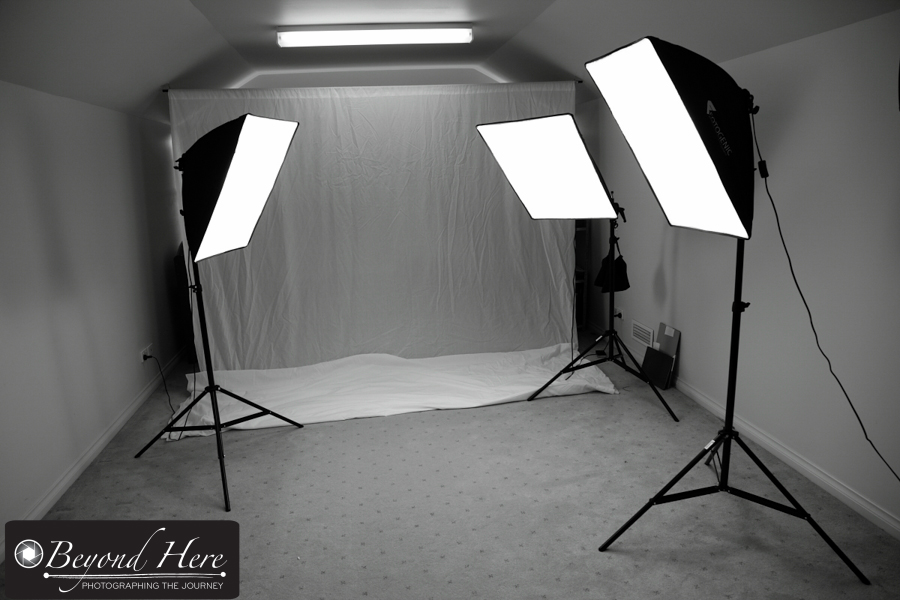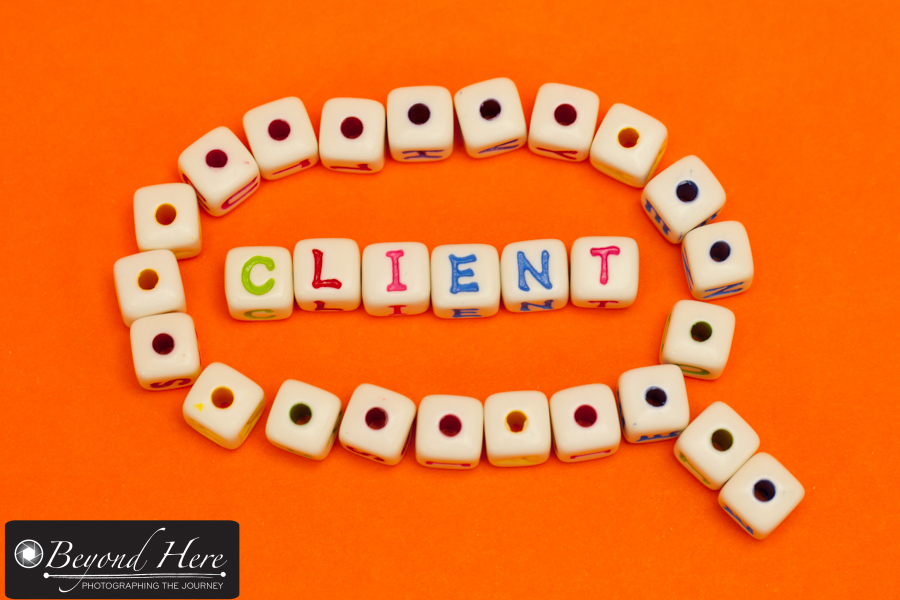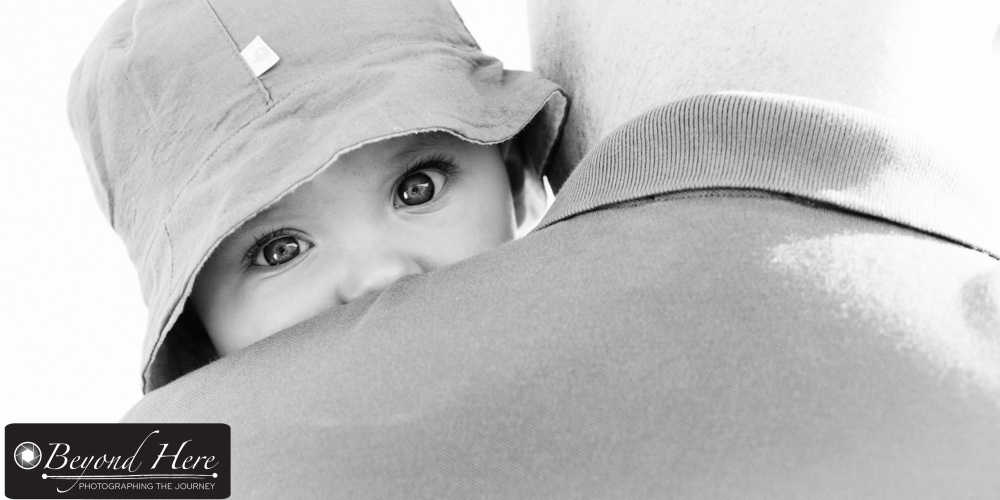Making the step from working with friends and family, to photographing clients, through to working with models are big steps in a photographers career. They are also challenging steps unless you have a network of appropriate people to shoot with. This post – How to Find Models to Work With – details ways for you to source models for your shoot.
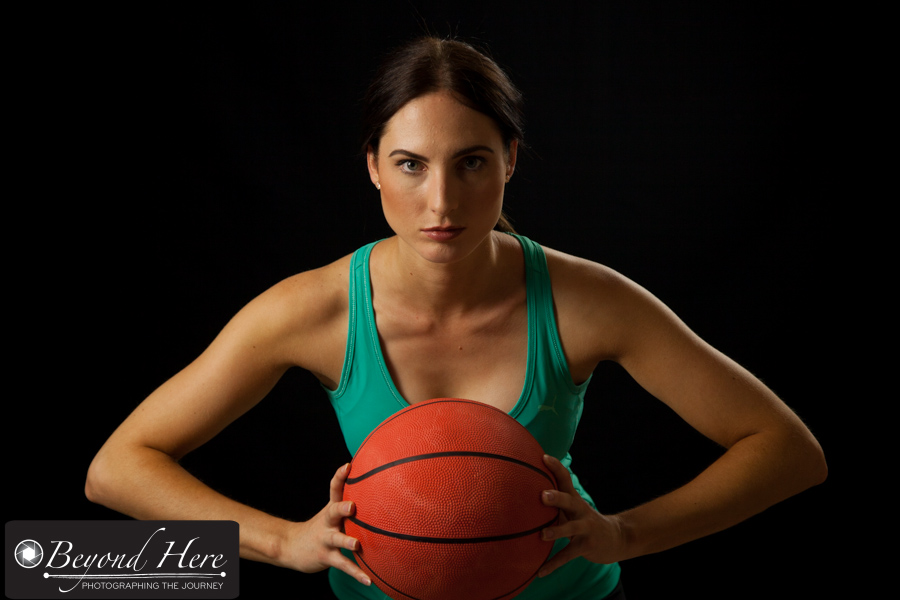
Facebook groups and specialist sites are great places to connect with other creatives
Facebook. If you are a Facebook user and live in a place with a reasonable population, there is likely to already be a Facebook group set up which will help you.
As I’m writing this post I’ve gone to the Facebook search field and entered “Sydney models” and it has proposed a series of relevant groups.
As I scan down them I can see one called ‘Sydney Models / Photographers / HMUA’ which currently has 3716 members. So what is this? It is a group of models, photographers, and hair and make up artists (HMUA) who participate together in the group.
They make requests for relevant services, share work, put forward their name for shoots, and use the Facebook group as a place to find other creatives to work with.
Specialist Sites. There are also specialist web sites which create communities of creatives. The two that I am most familiar with are Model Mayhem and StarNow. Go ahead and check them out. It is free to set up a profile on each of them, and like the Facebook groups, they are a place for creatives to come together.
How should a photographer use these communities? Start by setting up a profile and include details of what you are looking for from people visiting your profile. I am a stock photographer, so my profile includes details to let people know the projects I am working on, and the type of creatives I would like to contact me.
Secondly, there is the opportunity to share your work. Add images to your profile so visitors can assess the style and quality of your work.
Thirdly, each of these communities have the ability to post a ‘casting call’. That is, you put forward details of your shoot, and ask people who are interested to get in contact with you.

Include all relevant information in your casting call to help get qualified responses
What information should you include in a casting call? The short answer is – as much information as possible. Consider these points as a minimum:
- when is the shoot? Include the date and time
- where is the shoot? Be specific. A suburb is better than just the city name.
- how long do you anticipate the shoot will go for?
- is it indoor or outdoor? Studio or natural light?
- is the shoot paid or TFP (time for print, or time for portfolio)?
- what is the shoot concept?
- what special requirements do you have? (for example, if you are looking for a model of specific cultural background and with long hair, be sure to specify that in the casting call)
- who is doing hair and makeup? A HMUA? or do you want the model to do their own?
If you were not sure how to find models to work with, I hope this post has helped you.
If you already use these sites or others, what is your experience? Which sites generate the best response for you?
Thanks for reading – how to find models to shoot with. Happy shooting.

